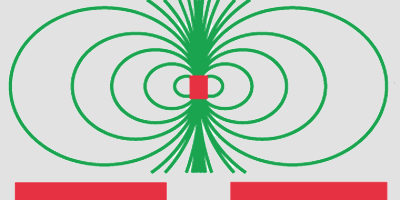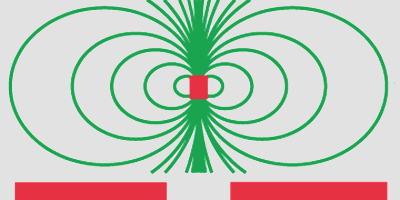Up Close, A Warm Glow Turns Cooler
The glow from a fireplace can warm your hands from afar, but this radiative heat transfer can behave unexpectedly when separations are microns or less. New calculations show that in certain cases, two objects can actually share less heat the closer they are. This anomalous effect was previously known, but here, for the first time, it is found coming from a suppression of short-range evanescent waves. Better understanding of heat transfer at close proximity might one day benefit applications such as thermophotovoltaic systems and thermal nanolithography.
All objects radiate thermal photons in random directions, so typically, the closer you are, the more radiation you receive. However, when two objects are brought within a distance smaller than the typical thermal photon wavelength, one object can influence the way the other radiates. These so-called near-field effects can either boost or diminish the amount of heat exchanged.
Previous work has predominantly dealt with flat sheets and small nanoparticles in close proximity. Alejandro Rodriguez, of Harvard University, and his colleagues chose more complicated shapes to study the effect of geometry. Specifically, the team calculated the heat transfer between a micron-long cylinder held above a flat ring. Assuming a temperature difference between the two objects of 300° C, the heat exchange peaked when the cylinder was around half a micron away and decreased for smaller distances. The authors explain this in terms of the dipole radiation from the cylinder. When relatively far, this radiation generates surface-skimming evanescent waves in the ring, which constitutes heat transfer. But up close, the dipole field points more or less perpendicularly to the ring surface, making it less effective in transferring heat. – Michael Schirber





